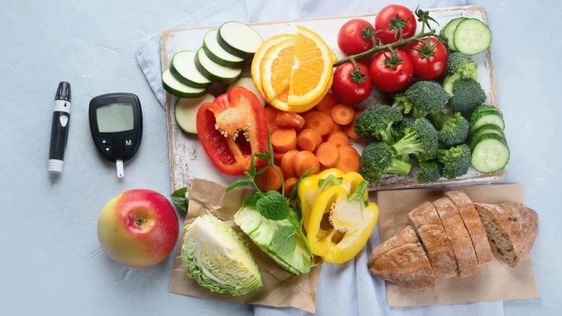Introduction
The glycemic index (GI) is a ranking system that measures how quickly a carbohydrate-containing food raises your blood sugar level. Foods with a high GI are rapidly digested and cause a quick spike in blood sugar, while low-GI foods are digested more slowly and result in a gradual rise in blood sugar.

Incorporating low-glycemic foods into your diet offers several health benefits, including improved blood sugar control, weight management, reduced risk of chronic diseases like type 2 diabetes and heart disease, and increased energy levels throughout the day.
Understanding the Glycemic Index
The GI scale ranges from 0 to 100, with pure glucose having a score of 100. Foods are categorized as low, medium, or high GI based on their score:
- Low GI (55 or less): These foods have a minimal impact on blood sugar levels and are digested slowly.
- Medium GI (56-69): These foods have a moderate impact on blood sugar levels.
- High GI (70 or above): These foods cause rapid spikes in blood sugar levels and are digested quickly.
Benefits of a Low-Glycemic Diet
A diet rich in low-glycemic foods provides numerous health benefits:
- Improved Blood Sugar Control: Low-GI foods help regulate blood sugar levels, preventing drastic spikes and crashes.
- Weight Management: Low-GI foods increase satiety, keeping you feeling full and satisfied for longer periods, which can aid in weight loss or maintenance.
- Reduced Risk of Chronic Diseases: Studies show that a low-GI diet can lower the risk of developing type 2 diabetes, heart disease, and certain types of cancer.
- Increased Energy Levels: By stabilizing blood sugar levels, low-GI foods provide sustained energy throughout the day, preventing energy slumps and crashes.
Incorporating Low-Glycemic Foods into Your Diet
Here are some practical tips for incorporating low-GI foods into your meals and snacks:
- Choose whole grains over refined grains: Opt for brown rice, quinoa, oats, and whole-wheat bread instead of white rice, white bread, and processed cereals.
- Load up on fruits and vegetables: Most fruits and vegetables are naturally low-GI, except for starchy vegetables like potatoes and corn.
- Include lean protein and healthy fats: Protein and fats slow down digestion and help stabilize blood sugar levels.
- Be mindful of portion sizes: Even with low-GI foods, eating large portions can still lead to blood sugar spikes.
- Stay hydrated: Drink plenty of water throughout the day to aid in digestion and overall health.





